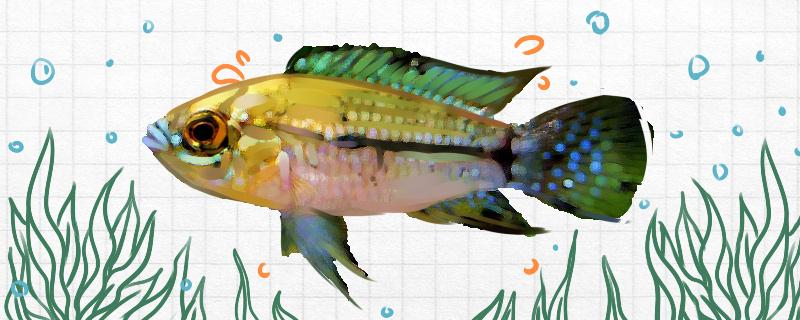
Sparus macrocephalus has strong adaptability to the environment and is not difficult to raise. They do not have high requirements for water quality and environment, so they only need to pay attention to maintaining the stability of water quality during water change. In addition, because they are not resistant to severe cold, they need to take heat preservation measures at ordinary times, and the feeding temperature should not be lower than 23 ℃, so as to avoid affecting their health due to low temperature. Finally, it is only necessary to ensure that the food provided is clean and sufficient, and they can basically grow healthily.
2. How to raise Sparus macrocephalus1. Water temperature: Sparus macrocephalus mainly distributes in South America and survives in tropical waters for a long time. They are not resistant to cold, so when curing, the water temperature should be kept between 23-30 ℃. Before winter comes, it is necessary to take heat preservation measures in advance, and a heating system can be installed in the water tank to help it spend the winter safely.
2. Water quality: They are suitable for growth in weak acidic soft water. In order to facilitate their growth, the PH value of water can be adjusted between 5.8-6.8 and the GH value of water can be adjusted between 4-8.
3. Feeding: They belong to omnivorous fish, and there are abundant kinds of food for them to eat. During artificial feeding, artificial feed can be the staple food, but the food to be fed should not be too single. At ordinary times, some live bait can be added to it, such as Daphnia, larvae of bumper insects and so on.